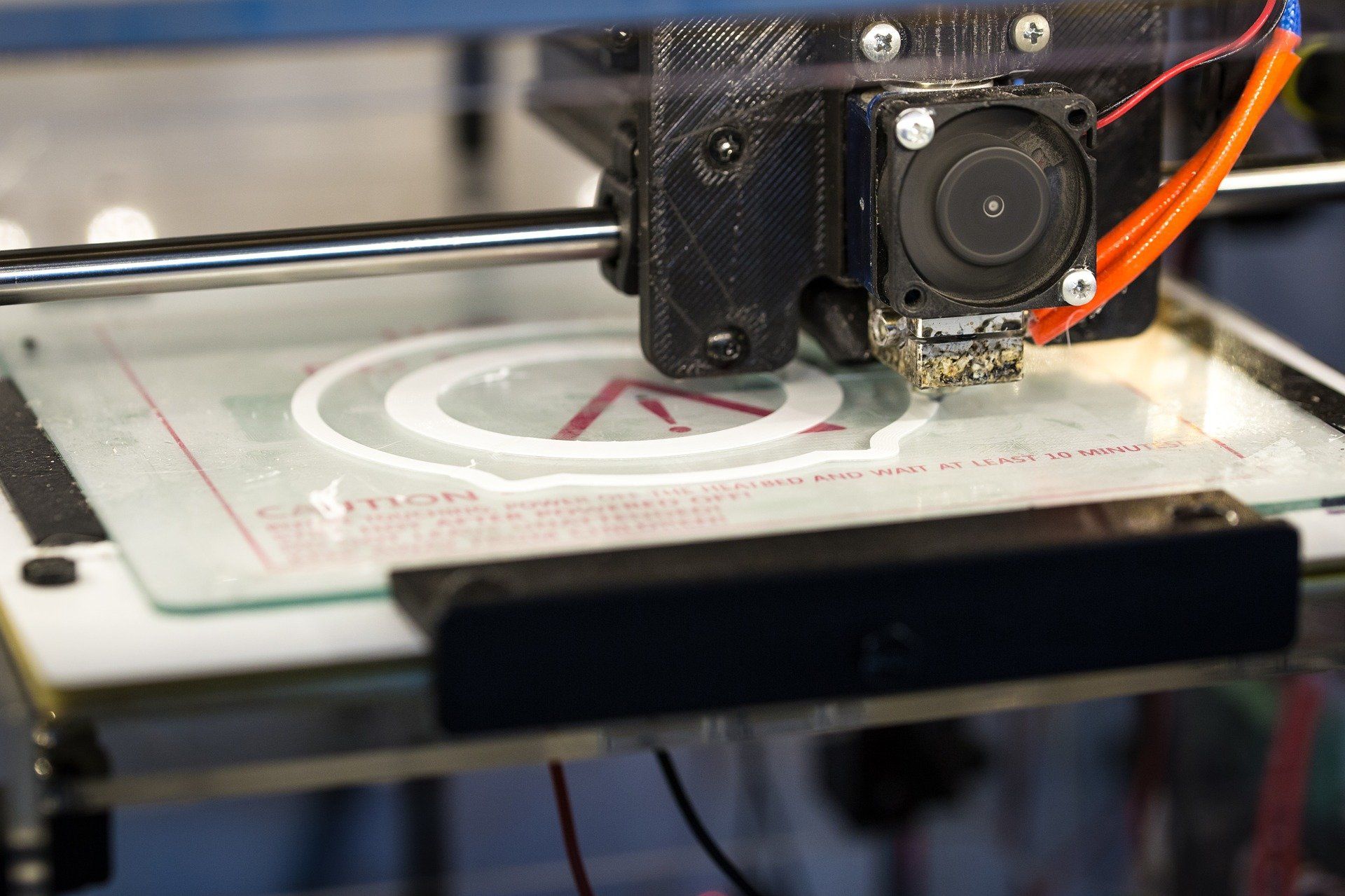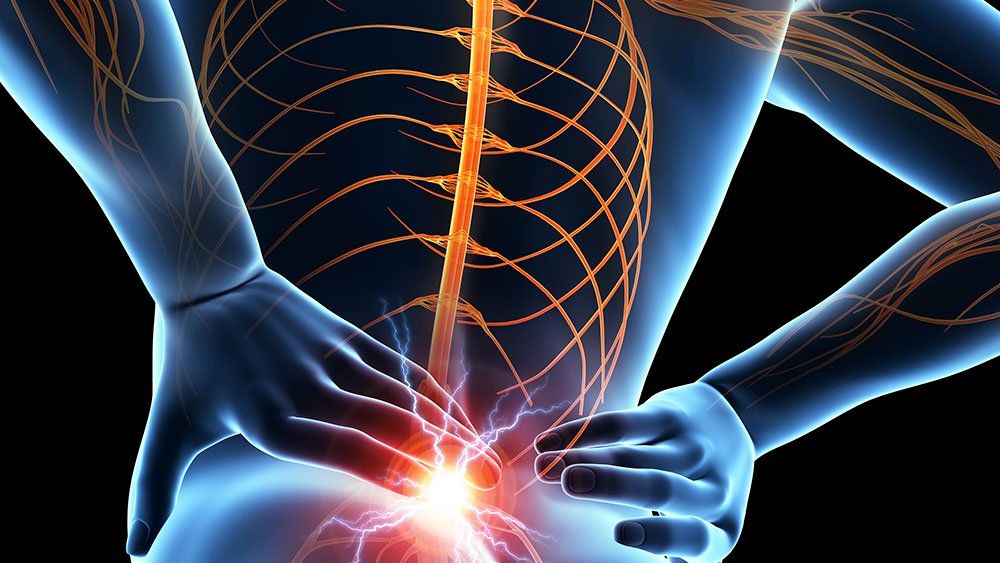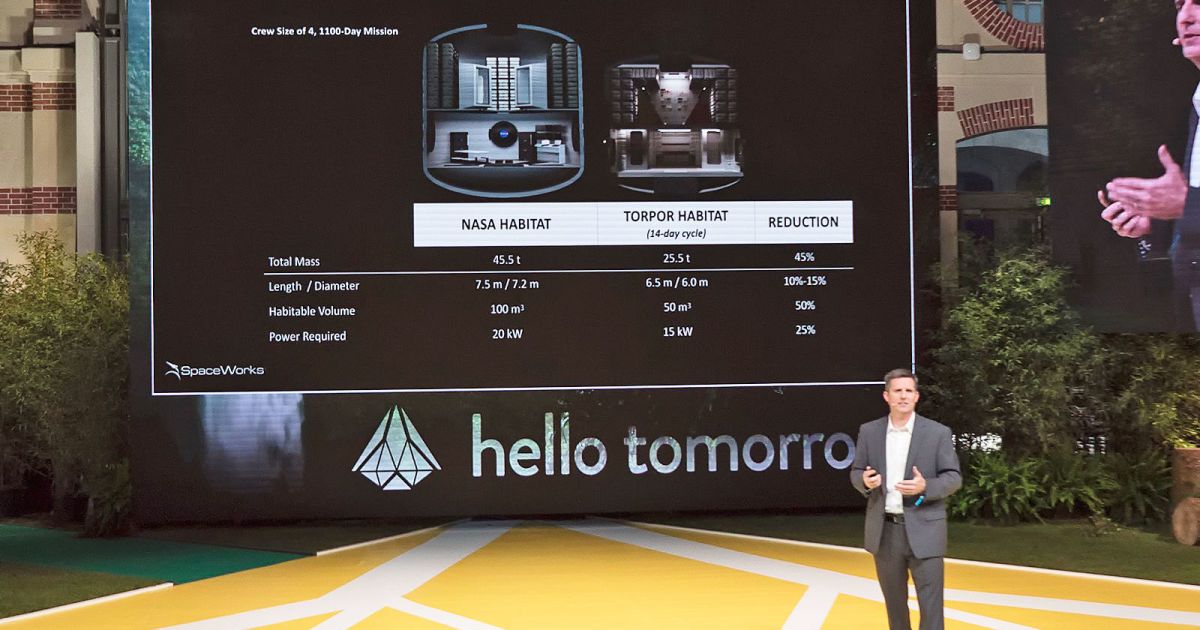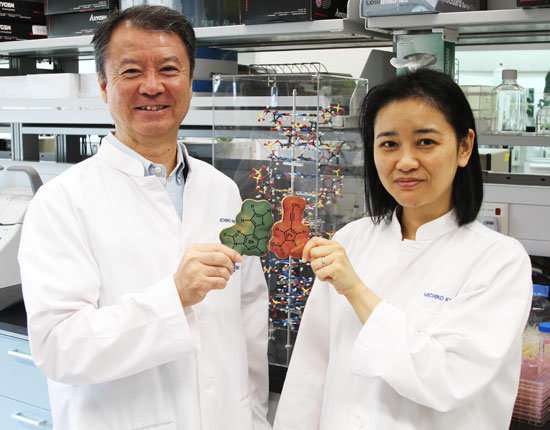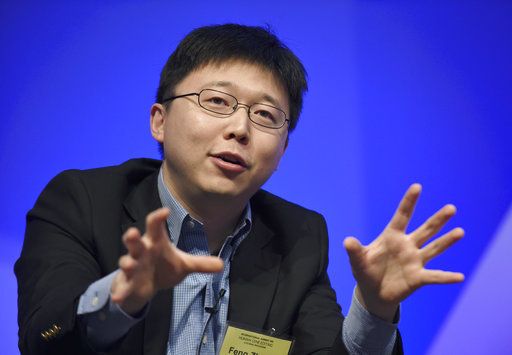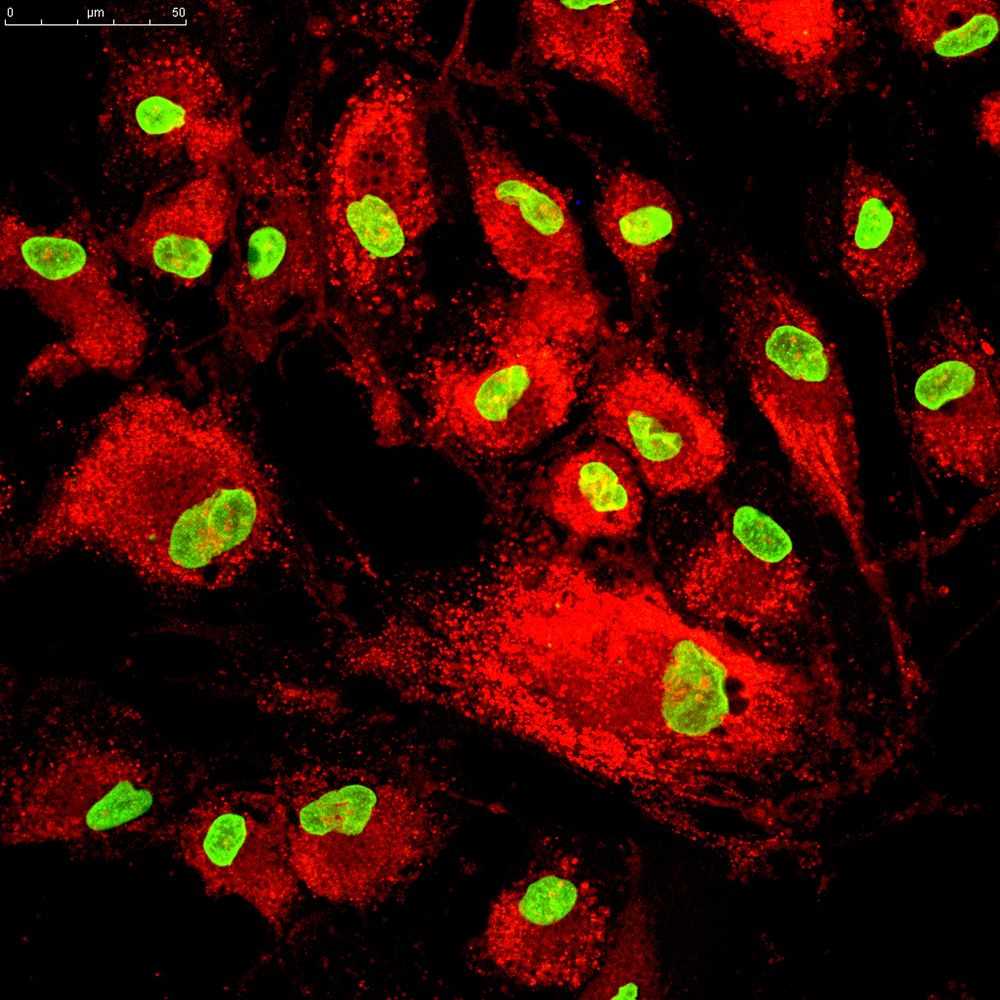Defeating age-related diseases may create challenges for society, but is that worse than not doing anything?
In these six years, I’ve spent as a rejuvenation advocate, I’ve had to deal with the traditional objections raised against the idea of longer lifespans. These objections touch a variety of different topics, but they aren’t terribly many: we’re talking about maybe a dozen of them, and these days, I hardly ever hear an objection I haven’t discussed before.
However few or many, and deserving of specific answers, these objections may be, they can all be reduced down to a single, general form: “Rejuvenation biotechnologies would cause [insert problem here], so it’s best not to go there.” And just like there are specific answers for each specific objection, there are general answers for their general form—Aubrey de Grey’s famous “two more general answers”.
These two general answers question the validity of two implicit assumptions contained in all objections, general or specific.
